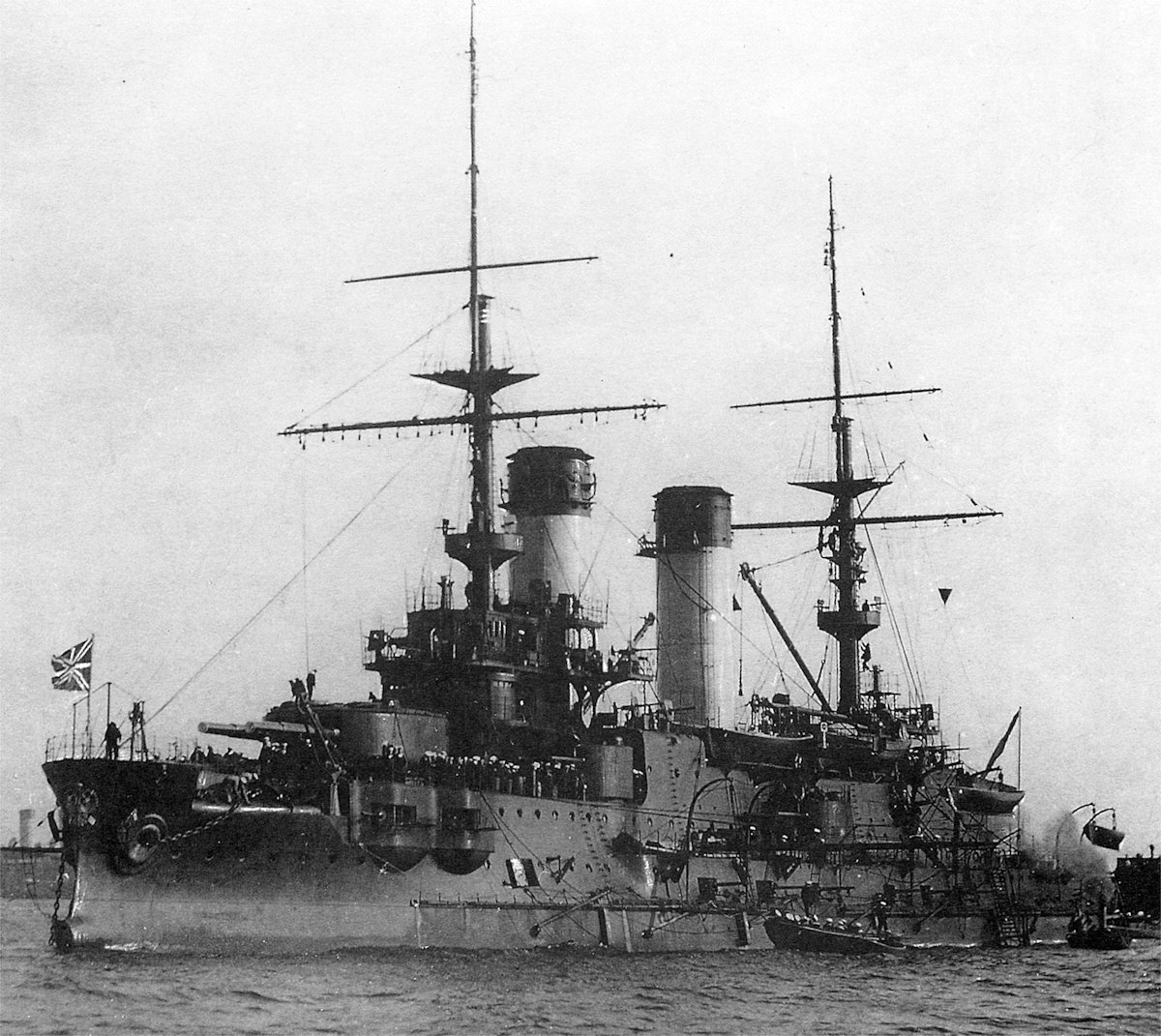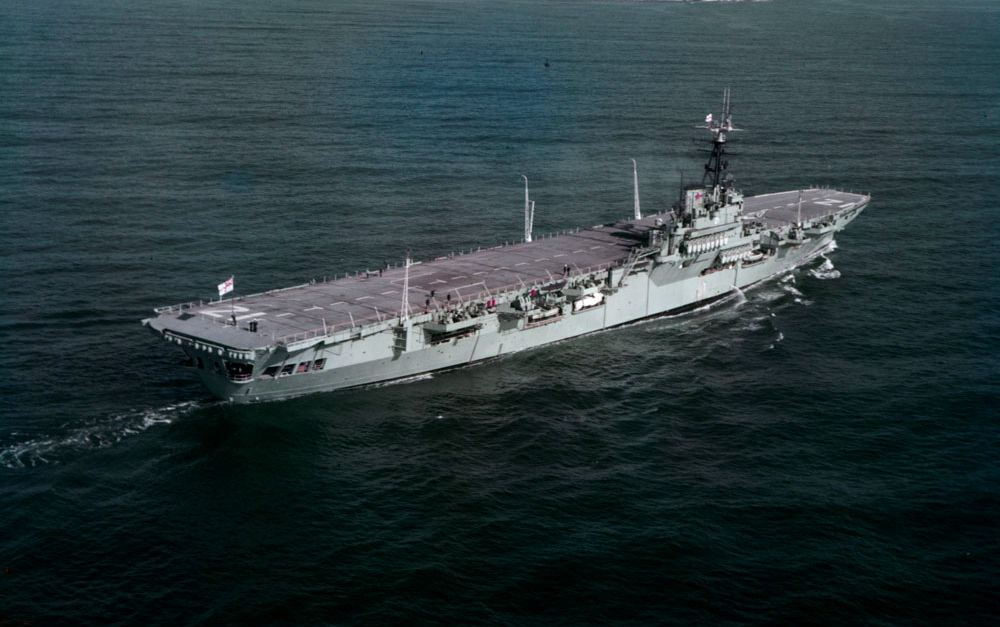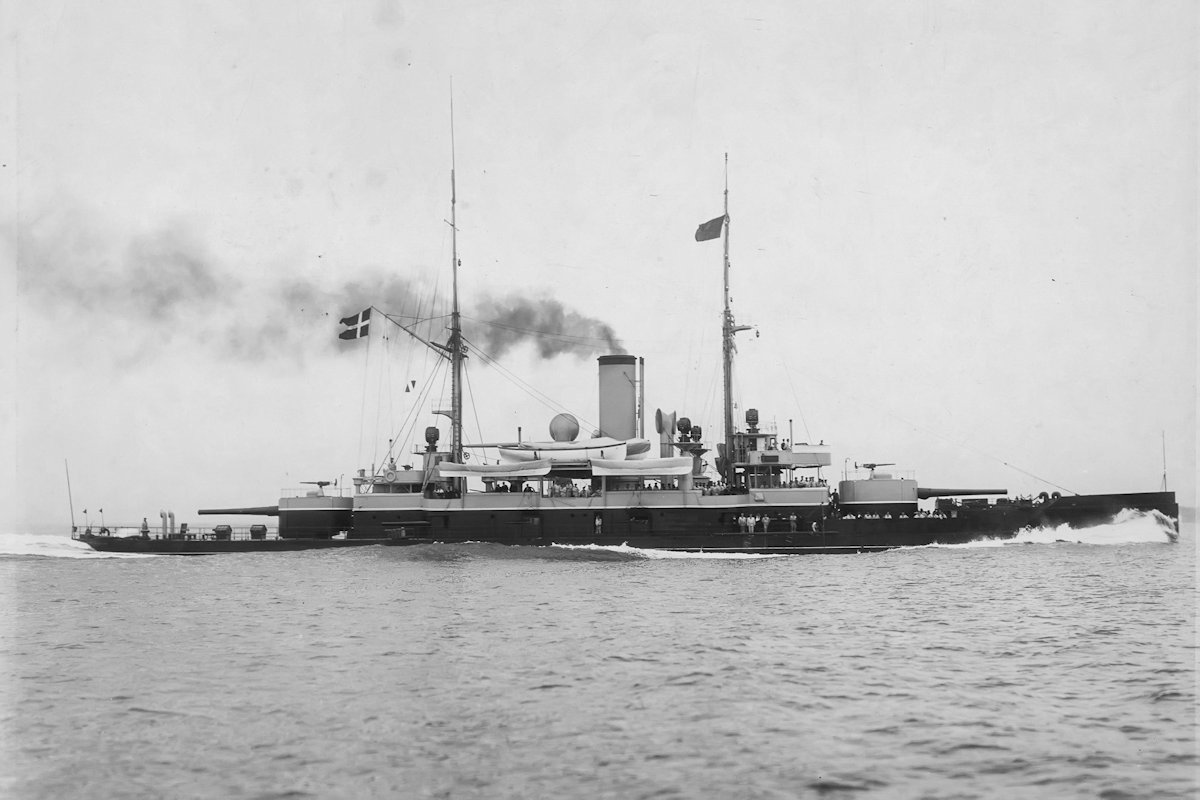Tag: naval
-
Russian Battleship Borodino

Russian Battleship Borodino Launched on 8 September 1901, Borodino was the lead ship of her class of five pre-dreadnought battleships built for the Imperial Russian Navy. Entering service in August 1904, she sailed only two months later on 15 October, with the Second Pacific Squadron to break the Japanese blockade of Port Arthur. The Japanese captured… Read more
-
Canadian Aircraft Carrier HMCS Magnificent

Canadian Aircraft Carrier HMCS Magnificent HMCS Magnificent was a Majestic-class aircraft carrier operated by the Royal Canadian Navy from 1948 to 1957. Towards the end of the Second World War, Canada anticipated the need for additional and larger aircraft carriers to operated in the Pacific against Japan. At this time it crewed two British Royal… Read more
-
Danish Coastal Defense Ship Olfert Fischer

Danish Coastal Defense Ship Olfert Fischer HDMS Olfert Fischer (1903) was a Danish coastal defense ship. The second of her class of three ships (including Herluf Trolle and Peder Skram), she was launched on 9 May 1903 and commissioned on 31 May 1905. She had an uneventful career, as Denmark remained neutral throughout World War One. Herluf… Read more